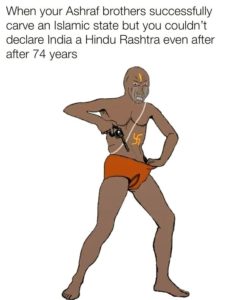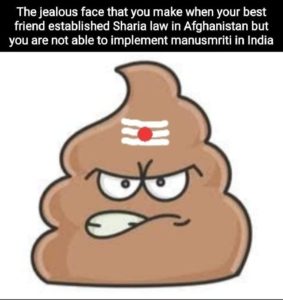I started yesterday with a news article about how US intelligence said that the Taliban could take Kabul in 90 days. After the previous week had been filled with over half a dozen Afghan provincial capitals falling, it became clear that the Taliban were deploying all their strength across the country to capture as much territory and control as they could before US forces pulled out before the 20th anniversary of the September 11th attacks.
While the news of those northern cities falling had been bad, and it was felt that the Taliban were likely trying to prevent a replay of the 1990’s Afghan civil war when the north fought them for five years, 12th August got progressively grim. It started to seem that the Taliban were not just going to put a knife to the Afghan government’s throat (and northern escape routes) by taking Tajik and Uzbek cities, but rather box Kabul in. This became clear when not just small towns but larger Afghan cities were put on the chopping block by the Taliban’s offensive. There is a wave of anti-Shia mobilisation across the region and I suspect that it also might have something to do with the expanded, multi-ethnic Taliban mobilisation in the north of Afghanistan. As these provinces border the ex-Soviet Central Asian states, and ISIS school-shooter sectarianism has had salience in many places where Muslims were previously considered un-radicalised or nominally secular, I suspect Taliban lines might not be a bad place for Central Asian, Afghan or even Pakistani potential ISIS recruits to flee.
As news of more fighting came in, the reports of Herat and Kandahar in the north-west and south of the country respectively, being surrounded and attacked threw whatever strategic calculus the great powers thought they had in Afghanistan, into the bin.

The updates from panicked civilians about the Taliban attacks killed whatever illusions about America having a semi-peaceful withdrawal from Afghanistan, or Pakistan smoothly sliding a re-furbished Taliban into power in Kabul, might have been harboured by the countries that have sponsored destructive wars in that nation since the eighties. The distressed calls, postings, video reports of Afghan citizens, especially educated women trapped in these cities, came flooding out. No one was crying but everyone was deadly serious.
Simultaneously, clips of refugees flooding out of captured cities, camps of the displaced going up in Kabul and where the government stood were broadcast. Among the wretched sights was the Afghan military vehicles zooming out of cities and from among people they were supposed to defend were broadcast as afternoon turned to evening, and then night fell.
The west, south and north of Afghanistan are out of that government’s hand. Kabul is boxed in. If you look at the map above, it’s sitting in the open jaws of Taliban controlled territory.
The BBC generally has the best maps, and frankly the best and most accurate, un-sentimental coverage on the rout in Afghanistan of the Kabul government. Hey, I guess after four disastrous wars into a country, they end up knowing their stuff. The second best coverage is by Al Jazeera, which also sobered up once it stopped sourcing its maps from neo-conservative American outfits, and ditched a sort of mawkish patronising tone for the Afghans.
As for America’s intelligence reports, which we started Thursday with – they have achieved the typical notoriety of stupidity that American intelligence reports are known for. By nightfall, the American bureaucrats had, in typical CYA fashion, re-assessed their estimate down to 30 days. That feels optimistic.
As reports come in of Afghan business interests trying to wrap up and send their equipment, personnel and capital out of the country, and the various state and private banks withdrawing funds to forward abroad, it becomes clear that the Kabul government, especially the career of one President Ashraf Ghani, is very over. At least at the prospect of anything beyond 2021.
What happens to the rest of the Kabul government is anyone’s guess. I don’t know if the Taliban have much to worry about “holding” their territory if part of their offensive was contacting Afghan defence forces commanders and asking them to stop fighting/withdraw or switch sides. A government counter-offensive seems highly unlikely, especially with the hollow, broken Afghan Army that has been described by Major Amin. If the Taliban went in for the kill against the government, then they would win and also be saddled with a lot of prisoners, many extremely high value ones as well as seas of refugees and an isolated country. I suspect they might be willing to live with that. You can visit the link below to see Pashtana Durrani describe the consequences of the Taliban taking over her city.
How soon will the end happen? The fall of Kabul, the closing of the Taliban’s jaws on what is left of Afghanistan’s government, that is now in the Taliban’s hands.
______________________________________________________
You can see the original post at https://these-long-wars.blogspot.com/2021/08/30-days-thats-excuse-to-run-consulate.html
You can support my Patreon at patreon.com/theselongwars
I will be posting more regularly now.


